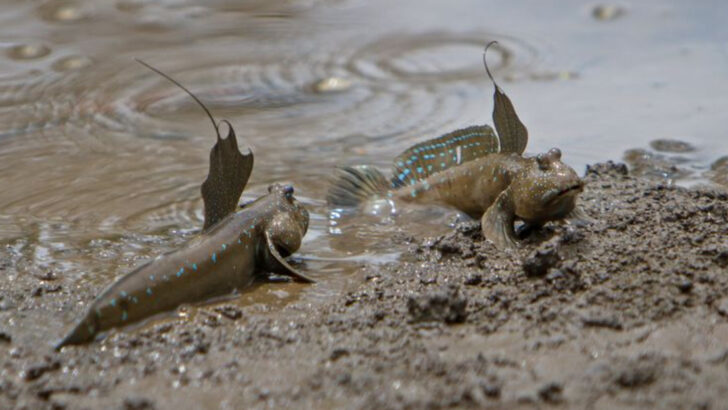The world beneath the waves is teeming with incredible creatures, but among them, fish possess some of the most astonishing capabilities that challenge our understanding of the natural world.
From the depths of the ocean to the vibrant coral reefs, these aquatic marvels demonstrate abilities that are nothing short of superpowers.
Each of these ten fish showcases a unique trait that aids in their survival, mating, or hunting tactics, leaving us in awe of their adaptability and resilience.
Electric Eel’s Shock
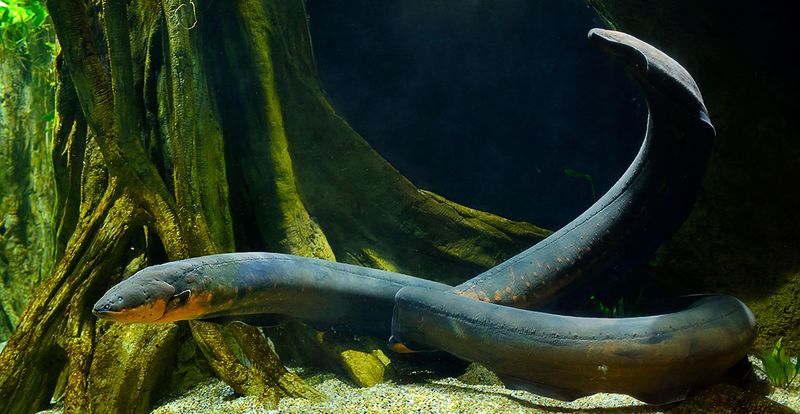
The electric eel is not just a fish; it is a living powerhouse. Generating up to 600 volts, this remarkable creature uses its shocking ability to hunt and defend itself. Imagine a creature capable of producing a jolt that can stun prey or deter predators.
This ability is made possible by specialized cells known as electrocytes. These cells work in concert, similar to batteries stacked in series. Often found in the murky waters of the Amazon and Orinoco rivers, electric eels have adapted to thrive in low-oxygen environments using this extraordinary power.
Did you know? The electric eel is more closely related to catfish than true eels.
Flying Fish’s Glide

With a leap that defies gravity, flying fish can glide over 200 meters across the ocean. This breathtaking spectacle is not just for show; it’s a survival tactic.
Escaping predators beneath, these fish take to the air, using their wing-like fins to soar above the waves. The experience is akin to witnessing a bird in flight, yet it’s a fish.
These fascinating creatures inhabit warm ocean waters around the globe, employing their aerial prowess to evade threats. A marvel of nature, they present a blend of aquatic and aerial elegance.
Parrotfish’s Coral Craft
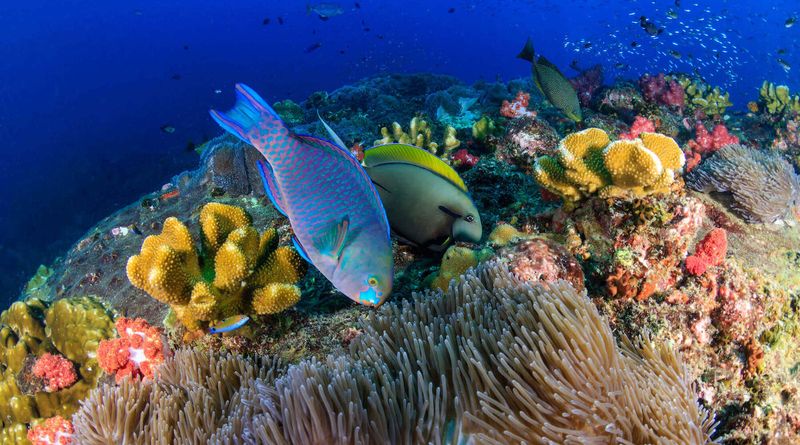
The parrotfish performs an ecological service that benefits entire coral reef ecosystems. With beak-like teeth, it crunches through coral, extracting algae.
Incredible though it may seem, their digestive process creates sand, contributing significantly to beach formation. Witnessing this transformation is a testament to nature’s intricate balance.
Parrotfish are vital to maintaining coral health, preventing algae overgrowth and promoting biodiversity. Their beautiful hues and ecological importance make them unforgettable inhabitants of tropical waters.
Pufferfish’s Inflation
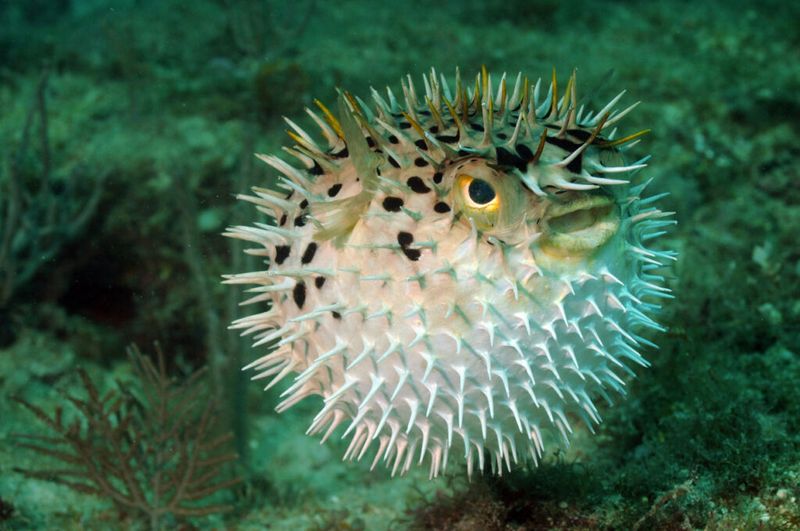
When threatened, the pufferfish becomes a living balloon, inflating to several times its normal size. This defense mechanism deters predators, making it difficult to swallow.
Their bodies contain a potent toxin, tetrodotoxin, making them one of the most poisonous vertebrates. This fascinating adaptation is both a physical and chemical deterrent.
Pufferfish inhabit warm and temperate seas worldwide, and their ability to inflate is both a wonder of nature and a warning. Their unique method of survival showcases nature’s creativity in defense strategies.
Anglerfish’s Lure
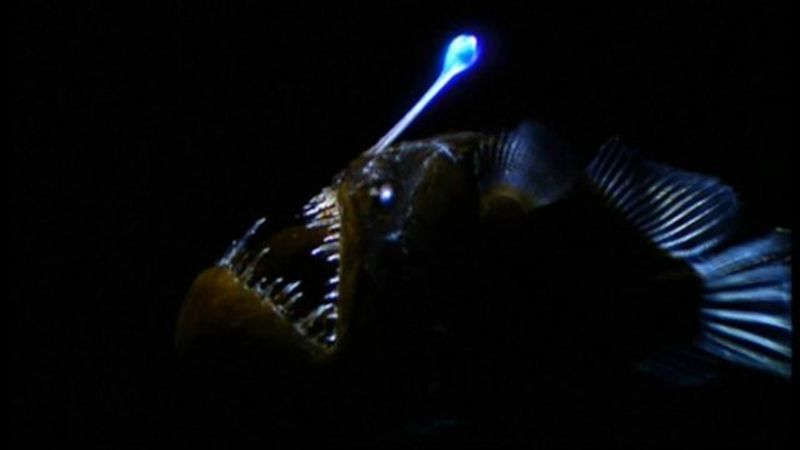
The abyssal depths of the ocean are home to the mysterious anglerfish. With a glowing lure that dangles from its head, this fish is a master of deception.
The bioluminescent lure attracts unsuspecting prey towards its gaping maw, a chilling yet effective hunting technique. This eerie adaptation allows it to survive where light is scarce.
Anglerfish epitomize the strange beauty of deep-sea life, with their grotesque appearance and ingenious hunting strategies capturing the imagination of ocean enthusiasts.
Goblin Shark’s Jaw
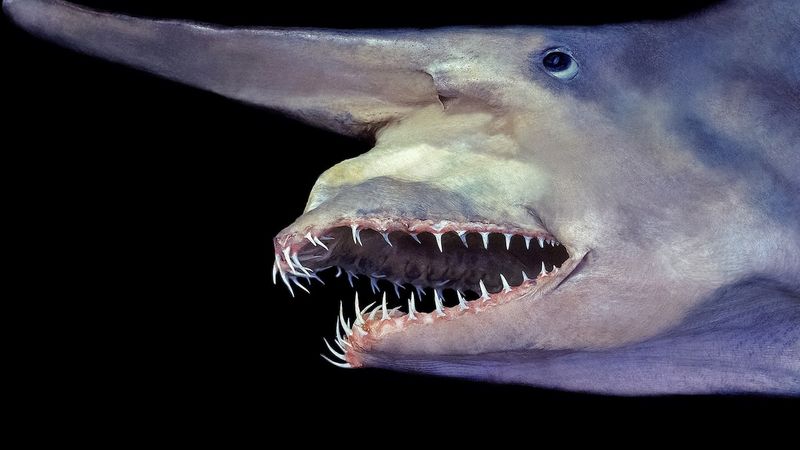
The goblin shark’s jaw is a marvel of evolution, capable of extending dramatically to snatch prey. This rare species, often called the “living fossil,” inhabits deep waters.
Its jaw protrusion is an adaptation to its slow-moving lifestyle, allowing it to ambush prey with precision. Observing this jaw in motion is like seeing a piece of ancient history.
The goblin shark’s peculiar looks and extraordinary jaw mechanics make it one of the ocean’s most enigmatic predators, intriguing scientists and oceanographers alike.
Clownfish’s Symbiosis
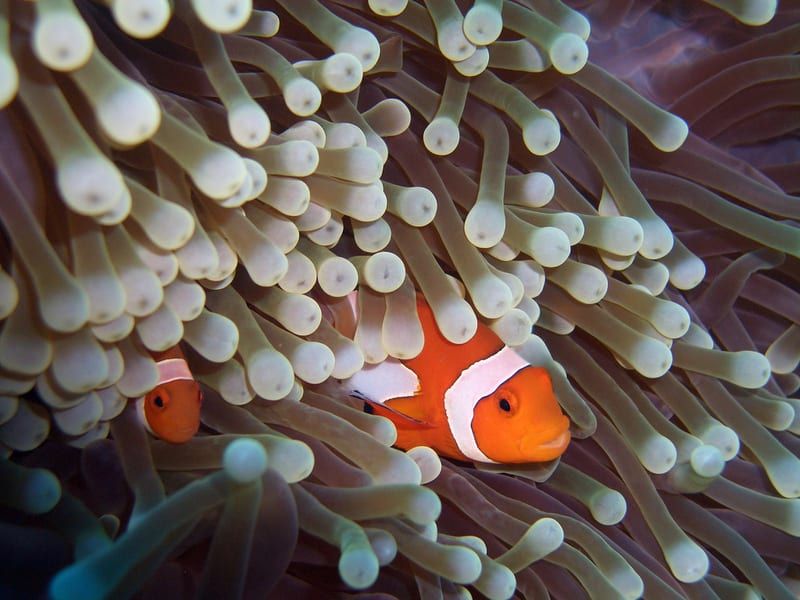
In the vibrant underwater gardens of coral reefs, clownfish share a symbiotic relationship with sea anemones. These colorful fish are immune to the anemone’s sting, finding refuge among its tentacles.
In return, clownfish clean the anemone and provide nutrients through their waste. This partnership is a brilliant example of mutualism in nature.
Clownfish and anemones create a balanced ecosystem, and their interdependence is a fascinating study of cooperation between species. Their vivid colors and interactions are a delight for divers and marine biologists.
Mudskipper’s Amphibious Act
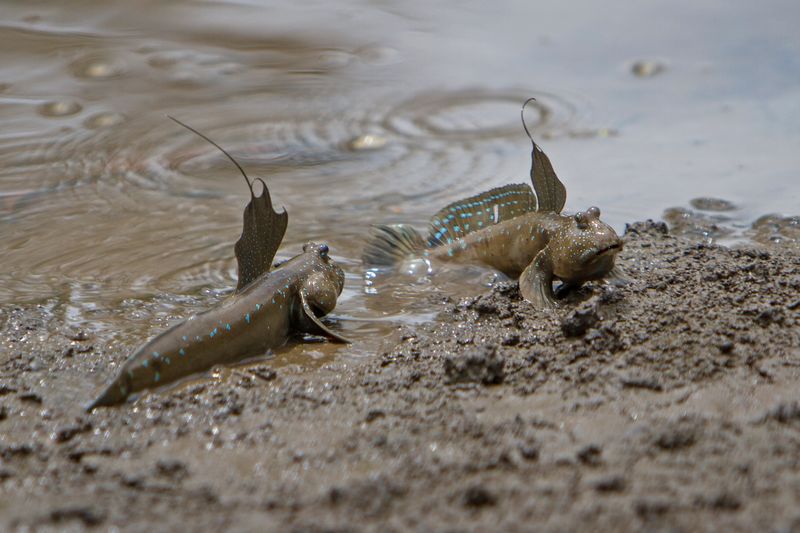
The mudskipper is a fish that challenges our perception of aquatic life, thriving both in water and on land. With specialized fins, it walks and climbs, searching for food above water.
Its ability to breathe through its skin and mouth lining enables it to survive out of water for extended periods. These adaptations highlight an evolutionary bridge between land and sea.
Mudskippers exemplify versatility, showcasing nature’s ability to adapt and conquer diverse environments. Their unique lifestyle fascinates researchers and captivates nature enthusiasts.
Seahorse’s Tail
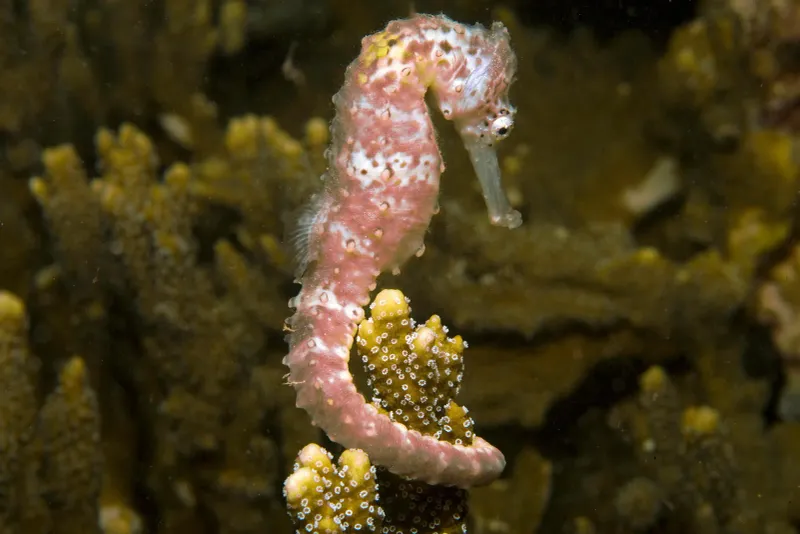
Seahorses possess a tail unlike any other, capable of gripping and holding onto objects in their underwater habitat. This prehensile tail aids in anchoring them amidst currents.
Their tails are not just for show; they are crucial for survival, allowing seahorses to remain stationary and avoid predators. These gentle creatures exhibit a unique elegance in their movement and interaction.
Seahorses are symbols of grace in the ocean, beloved for their distinctive appearance and mesmerizing swimming style. Their tail’s utility is a testament to their adaptability.
Lionfish’s Venom
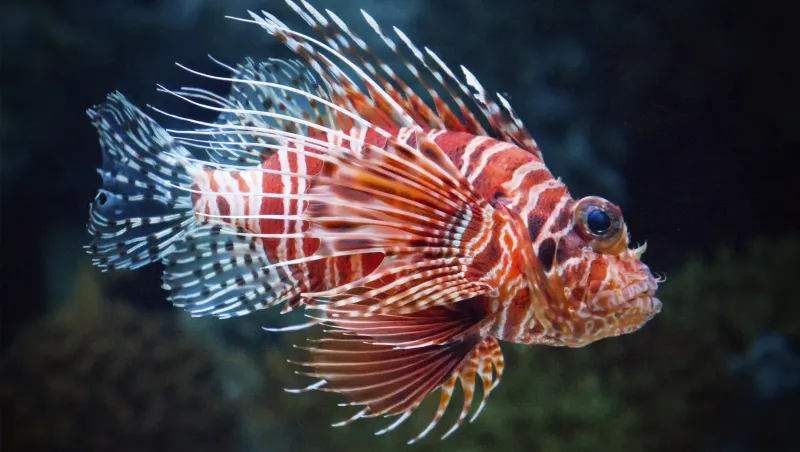
The lionfish is a stunning yet dangerous inhabitant of coral reefs, armed with venomous spines that deter predators. Its ornate fins and striking patterns make it a visual wonder.
This venom is a defense mechanism, providing protection while allowing the lionfish to hunt efficiently. Despite its beauty, the lionfish’s invasion in non-native waters poses ecological challenges.
Known for its bold appearance and effective defense, the lionfish captures attention and raises awareness about the balance of marine ecosystems. Its presence is both a warning and a reminder of nature’s dual nature.

